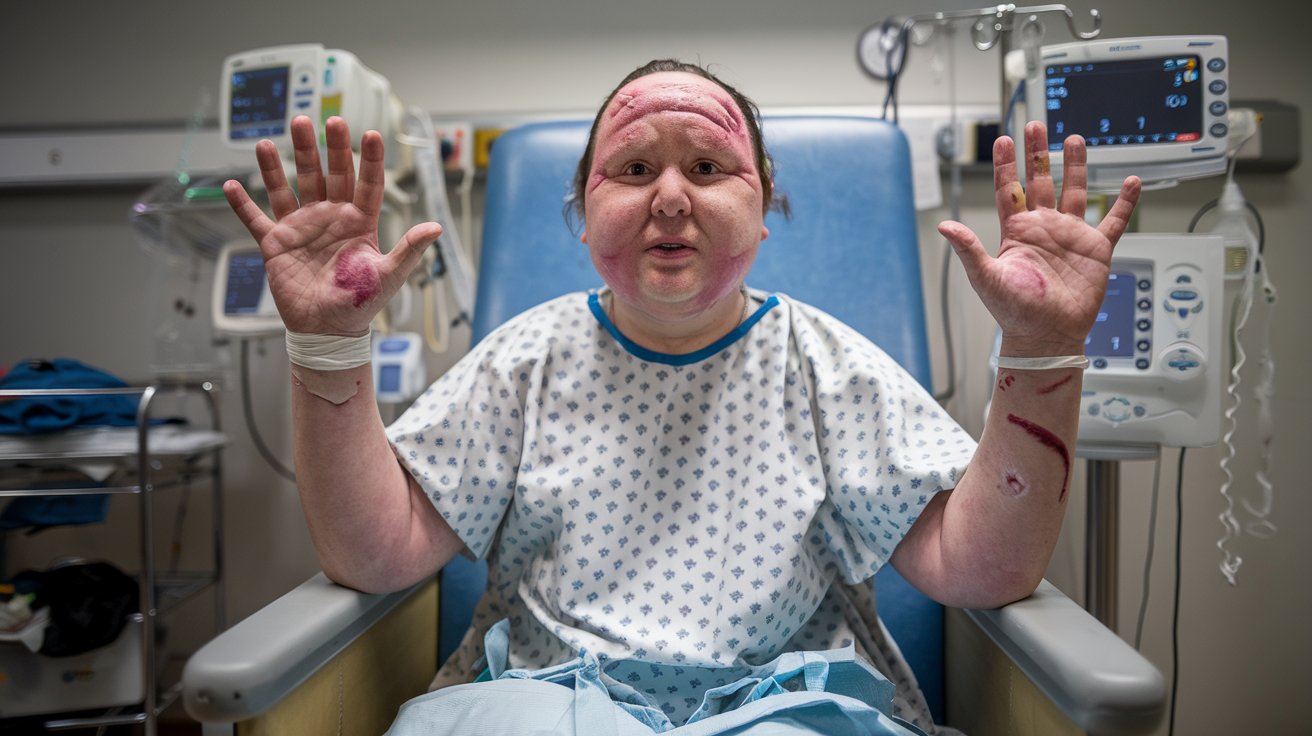
Benign Familial Infantile Convulsions (BFIC), also known as Benign Familial Infantile Epilepsy (BFIE), is a rare genetic disorder that causes seizures in infants. These seizures typically start between the third and eighth month of life and are usually not triggered by fever. Despite the alarming nature of these episodes, BFIC is self-limiting, meaning it resolves on its own without long-term effects on the child's brain or development. The condition is inherited in an autosomal dominant pattern, so a single copy of the mutated gene can cause it. Understanding BFIC is crucial for parents and healthcare providers to manage and treat the condition effectively.
Understanding Benign Familial Infantile Convulsions
Benign Familial Infantile Convulsions (BFIC) is a rare genetic disorder that affects infants, causing seizures. Despite its alarming nature, BFIC is typically self-limiting and resolves without long-term effects. Here are 20 key facts about this condition to help you understand it better.
What is BFIC?
BFIC is a genetic epileptic syndrome that primarily affects infants. It goes by several names, including Benign Familial Infantile Epilepsy (BFIE) and Self-Limited Infantile Epilepsy (SeLIE).
- BFIC is a genetic epileptic syndrome that affects infants, typically between the third and eighth month of life.
- It is also known as Benign Familial Infantile Epilepsy (BFIE), Benign Familial Infantile Seizures, and SeLIE (Self-Limited Infantile Epilepsy).
Prevalence and Inheritance
Understanding how common BFIC is and how it is passed down can provide insight into its impact on families.
- The prevalence of BFIC is unknown, but it has been reported in various case series around the world.
- BFIC is inherited in an autosomal dominant pattern, meaning a single copy of the mutated gene is enough to cause the condition.
Age of Onset and Seizure Characteristics
Knowing when BFIC typically begins and what the seizures look like can help in early identification and management.
- Seizures typically occur between the third and eighth month of life.
- Seizures are usually afebrile, meaning they are not caused by fever.
EEG Findings
Electroencephalography (EEG) is a crucial tool in diagnosing BFIC. It helps identify the origin and nature of the seizures.
- Ictal EEG (EEG during a seizure) shows that partial seizures originate from the parietal-occipital region.
- During a cluster of seizures, postictal EEG shows lateralized occipito-parietal delta waves and spikes.
Neurological Examination and Imaging
Between seizures, infants with BFIC typically show no signs of neurological issues, and brain imaging is normal.
- Interictal neurological examination is normal, indicating no other neurological abnormalities between seizures.
- Brain imaging (CT and/or MRI) is also normal, ruling out structural brain abnormalities.
Genetic Testing and Differential Diagnosis
Genetic testing can confirm BFIC, and understanding other conditions that mimic its symptoms is essential for accurate diagnosis.
- Genetic testing confirms the diagnosis by identifying the mutated gene responsible for the condition.
- The differential diagnosis includes other benign infantile seizure syndromes such as benign familial neonatal-infantile seizures (BFNIS).
Treatment and Prognosis
Treatment options and the long-term outlook for infants with BFIC are generally positive, with seizures resolving within the first year.
- The primary treatment for BFIC is anti-epileptic medication, such as carbamazepine, valproate, or phenobarbital.
- The prognosis for BFIC is excellent, with seizures usually resolving within the first year of life.
Family History and Clinical Presentation
A strong family history can be a key indicator of BFIC, and understanding the typical clinical presentation can aid in diagnosis.
- A strong family history can orient the diagnosis of BFIC.
- Infants with BFIC typically appear well and active, with normal developmental milestones.
Seizure Description and Frequency
The nature and frequency of seizures in BFIC can vary, but they generally follow a predictable pattern.
- Seizures in BFIC can include initial tonic motor activity, followed by asymmetrical facial movements and clonic activity.
- The frequency of seizures varies from 3 to 4 per week to 1 per month.
Rarity and Comparison with Other Conditions
BFIC is rare, and it is important to differentiate it from other similar conditions to ensure proper treatment.
- BFIC is a rare disorder, with only a few reported cases worldwide.
- BFIC should be differentiated from other benign infantile seizure syndromes, such as benign familial neonatal-infantile seizures (BFNIS).
Understanding BFIC: Key Takeaways
Benign Familial Infantile Convulsions (BFIC) is a rare genetic disorder causing seizures in infants, usually between 3 to 8 months old. These seizures are typically afebrile and self-limiting, meaning they resolve on their own without long-term effects. BFIC is inherited in an autosomal dominant pattern, with incomplete penetrance. Seizures often occur in clusters, but interictal neurological exams and brain imaging remain normal. Genetic testing can confirm the diagnosis, though the specific gene isn't always identified. Treatment with anti-epileptic medication like carbamazepine or valproate is effective, and the prognosis is excellent, with seizures usually stopping within the first year. A strong family history can aid diagnosis. Despite its rarity, understanding BFIC is crucial for accurate diagnosis and management, ensuring infants receive the right care and families are reassured about the condition's benign nature.
Was this page helpful?
Our commitment to delivering trustworthy and engaging content is at the heart of what we do. Each fact on our site is contributed by real users like you, bringing a wealth of diverse insights and information. To ensure the highest standards of accuracy and reliability, our dedicated editors meticulously review each submission. This process guarantees that the facts we share are not only fascinating but also credible. Trust in our commitment to quality and authenticity as you explore and learn with us.


